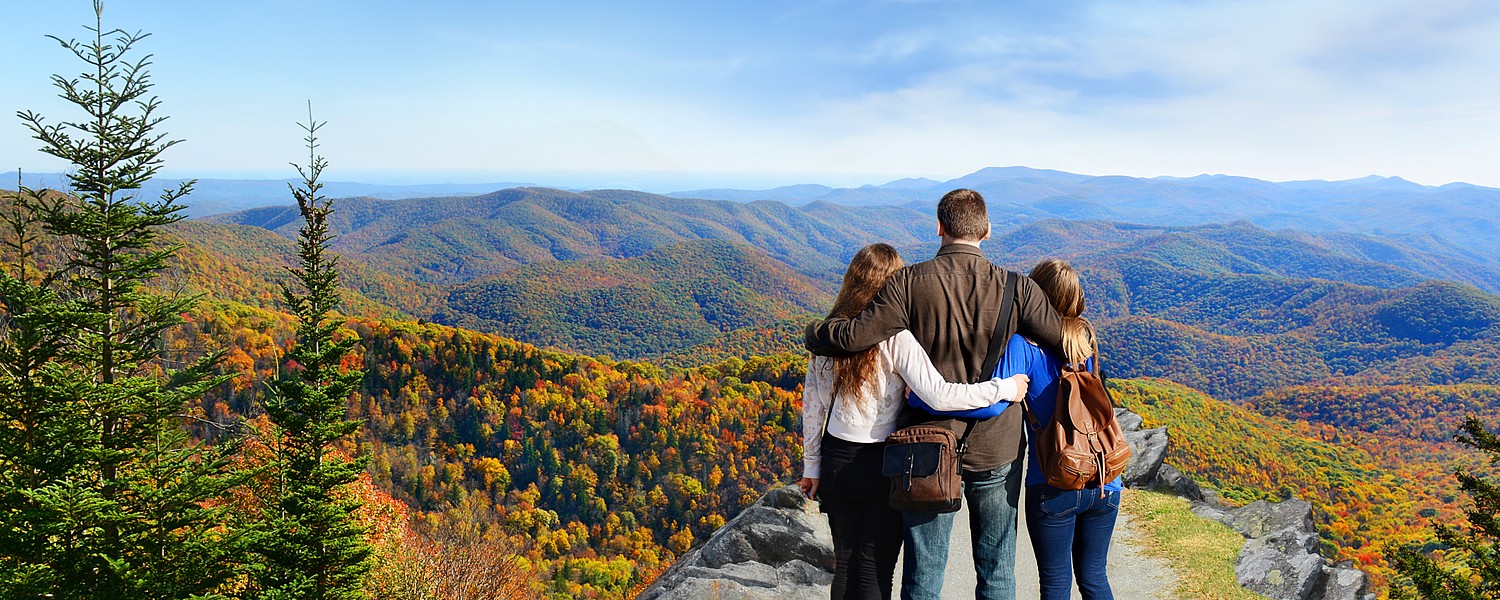
Provided by:
Margaret.W/Shutterstock.com

Our travel guides are free to read and explore online. If you want to get your own copy, the full travel guide for this destination is available to you offline* to bring along anywhere or print for your trip.
*this will be downloaded as a PDF.Price
€4,95
The City
The guide was updated:
Banner Elk takes its name from the explorer Martin L. Banner, who first established a western settlement near river Elk in 1848. However, this area, also known as "High Country" was first inhabited by Cherokee Indians, who possessed a strong foothold along the crest of Blue Ridge Mountain and used this rich land for hunting and agriculture. In 1825, white settlers began to inhabit the area, emigrating from other regions of the United States, as well as from Europe.
The town was officially incorporated in 1911 by the North Carolina General Assembly, and the area’s economy shifted to agriculture. Known as the “Christmas tree capital of the world," Banner Elk ´s economy is partly based on this small business, due to the strong presence of fir-forests in the hills surrounding the town. After World War II, tourism slowly began to change the face of this tiny mountain area, when vacationers discovered the wealth of natural attractions such as Watauga Lake or spectacular slopes like Beech Mountain and Sugar Mountain.
In October 2024, Hurricane Helene brought severe wind and flood damage to Avery County and Banner Elk. Despite this setback, the town continues to draw visitors with its rich history, natural beauty, and resilient spirit.
The town was officially incorporated in 1911 by the North Carolina General Assembly, and the area’s economy shifted to agriculture. Known as the “Christmas tree capital of the world," Banner Elk ´s economy is partly based on this small business, due to the strong presence of fir-forests in the hills surrounding the town. After World War II, tourism slowly began to change the face of this tiny mountain area, when vacationers discovered the wealth of natural attractions such as Watauga Lake or spectacular slopes like Beech Mountain and Sugar Mountain.
In October 2024, Hurricane Helene brought severe wind and flood damage to Avery County and Banner Elk. Despite this setback, the town continues to draw visitors with its rich history, natural beauty, and resilient spirit.


